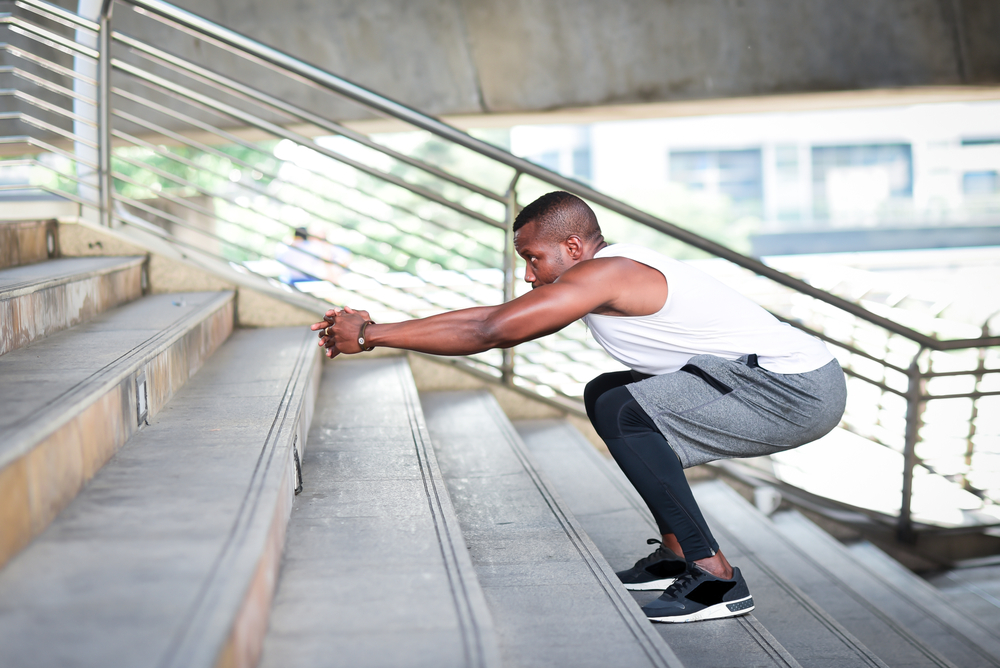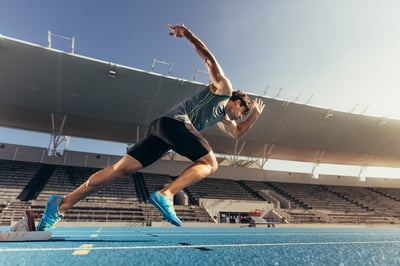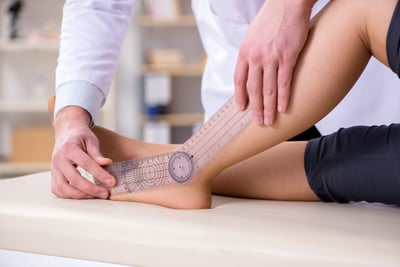
Plantar Pressure Mapping and Lower Body Testing in Sport
Many athletes rely on their lower body kinetic chain — that’s their toes, feet, ankles, lower legs, knees, upper legs, hips, pelvis, and spine — to play sports.
Testing the function and biomechanics of an athlete’s lower body kinetic chain is an integral part of their overall health and performance management. With this in mind, incorporating plantar pressure mapping enhances lower body testing by providing powerful data for biomechanics professionals.
To create an efficient testing protocol, biomechanics professionals should combine plantar pressure mapping with manual and observational tests. In sports training methodology, the process of analyzing the needs of a specific discipline is called “Performance Model Analysis”, and it requires:
- Determining the contribution of the energy systems during activity.
- Identifying the type of movements or specific skills required to perform.
- Identifying the pattern of the activity (intermittent/continuous, cyclical/acyclical, symmetrical/asymmetrical).
First, determining which energy systems are contributing and how much requires some research on ergogenesis: the percentage that each energy system (anaerobic alactic, anaerobic lactic, aerobic) contributes to the total performance. This helps to discern between high, moderate and low intensity activities.

Second, identifying the type of movements and specific skills required in a sport is fundamental — for example, in running-based activities it’s important to distinguish between the type of speed and running style, such as linear or multidirectional speed, high impact sprinting or low impact running.
Last, the identification of the activity patterns allows one to establish how the performance is sustained over time by looking at physiological (intermittent or continuous effort) and neuromuscular/biomechanical (cyclical/acyclical and symmetrical/asymmetrical) factors.
When combined together, this information creates the starting point for designing a lower body testing protocol that incorporates plantar pressure mapping with complementary tests.
Plantar pressure data alone can provide biomechanics professionals and sports scientists with an unparalleled amount of information about the biomechanics of the lower body and the function of the foot/ankle complex. However, the integration of complementary tests can help in building a better picture of an athlete's performance and also in confirming plantar pressure data.
Complementary tests can include:
- Range of motion tests
- Observational tests

Range of motion tests consist of evaluating the amount of motion (active and passive) of different parts of the lower body and foot segments.
Observational tests require coaches to observe particular movements in different planes to note any aberrant pattern in terms of quality. By quality movement, we mean the interplay between mobility, stability, and balance during specific tasks.
To learn more about how to design a lower body testing protocol by integrating plantar pressure mapping and other types of testing procedures, watch our webinar, “Creating a Lower Body Testing Protocol”.
